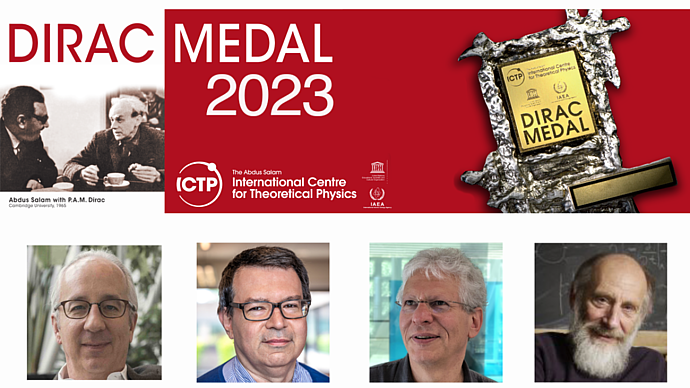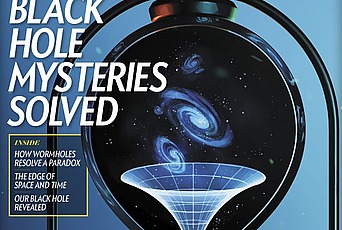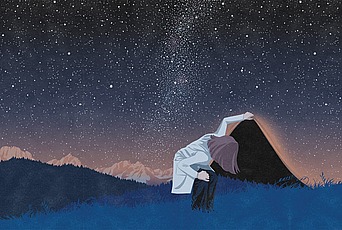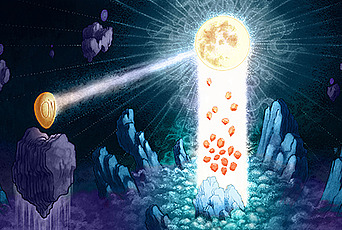
Former Members Win 2023 ICTP Dirac Medal
All four of this year’s winners of the Dirac Medal––Jeffrey Harvey, Igor Klebanov, Stephen Shenker, and Leonard Susskind––are past Members in the School of Natural Sciences. They are recognized for their contributions in string theory, especially related to quantum gravity and black holes.
Harvey, past Visitor (1999–2000, 2005), is cited, among other things, for his discovery of heterotic string theory, which lends itself to grand unified theories that can integrate the standard model of particle physics.
Klebanov, recent Distinguished Visiting Professor (2021–22) and frequent Member, is noted for his work on the holographic AdS/CFT correspondence, having developed a precise dictionary for it. At IAS, he worked on a broad range of problems, including systems with large numbers of degrees of freedom and their dual descriptions, and certain gauge field theories which exhibit transitions between color confinement and screening.
Shenker, past Visitor (2000–01), together with Susskind, past Visitor (1995) and Member (1997), is acknowledged for developing the first non-perturbative formulation of M-Theory and string theory. They were able to do this by offering a limiting procedure describing the S-matrix.
Juan Maldacena, Carl P. Feinberg Professor in the School of Natural Sciences, who serves on the Dirac Medal selection committee, said, on the importance of string theory and the quantum aspects of black holes, “String theory is a theory under construction with the goal of providing a quantum description for spacetime; it has provided a mathematical framework for taking important steps towards this goal.”
The Dirac Medal, first awarded in 1985 by the International Centre for Theoretical Physicists (ICTP), is named after frequent IAS Member and legendary physicist Paul Dirac, who visited the Institute almost every decade from the 1930s to his death in 1984. Recipients of the medal represent his belief that applying rigorous mathematics to physical systems is the best way to understand their properties.


